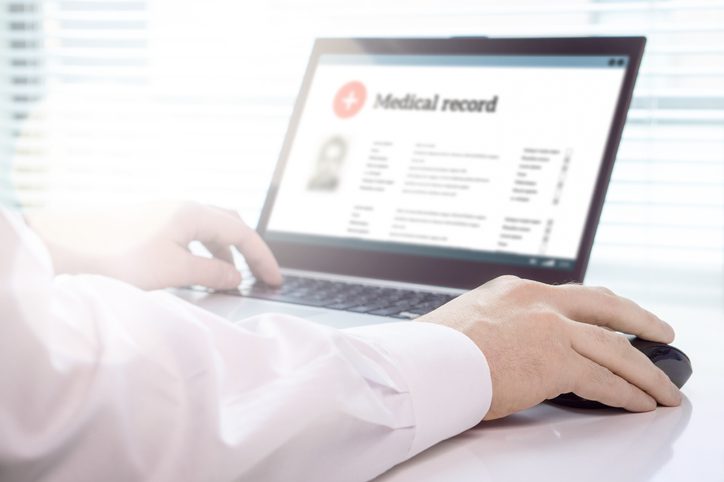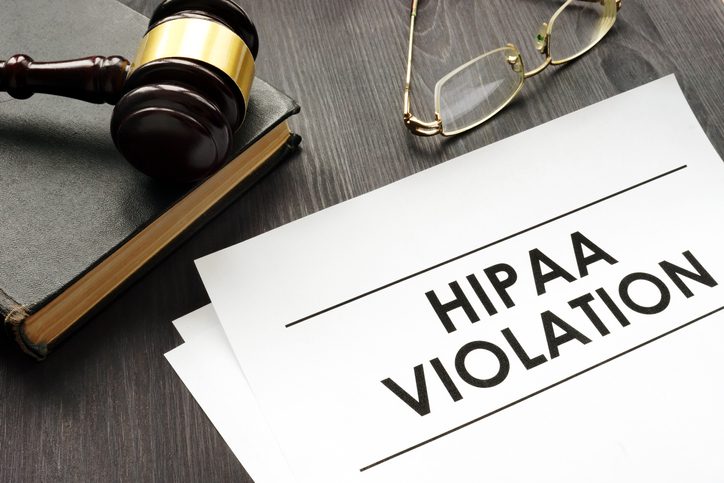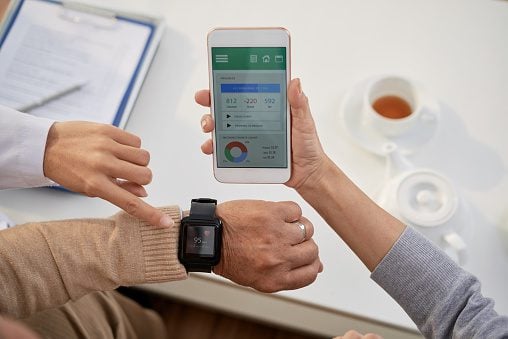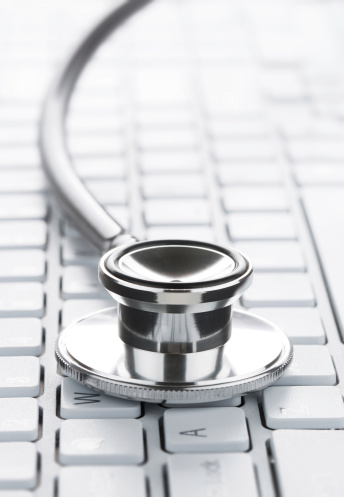2018 Was a Record Year for HIPAA Penalties
2018 turned out to be a year of record fines for HIPAA violations. Over $25 million in fines, with the mean fine being just over $2.5 million. Could...

Healthcare was a lucrative target for hackers in 2018. Cybercriminals are getting more creative despite better awareness among healthcare organizations. And fines for breaches of patient information are increasing. What more can you do to ensure your patient data is secure?
Healthcare was a lucrative target for hackers in 2018. Cybercriminals are getting more creative despite better awareness among healthcare organizations. And fines for breaches of patient information are increasing. What more can you do to ensure your patient data is secure?
According to Health IT Security, in February 2019 Tennessee-based Community Health Systems (CHS) settled with the 4.5 million patients impacted by its 2014 data breach. Those patients who experienced identity theft or fraud due to the cyber attack will receive up to $5,000 each.
The lawsuit counsel also requested approval to award attorney’s fees for the case (about $900,000), as well as an incentive award of $3,500 for each patient they represented.
This is just one example of a healthcare breach and its effects. Click here to learn about some of the biggest healthcare breaches for 2018. 15 million patient records were breached in 2018 as hacking and phishing surged. This number tripled from 2017.
Don’t Let This Happen To Your Healthcare Business–What Should You Do To Secure Your ePHI? — Ask your IT provider to implement a Layered, Managed & Proactive Approach To IT Security.
This is the industry’s definitive source to prevent healthcare data breaches…
You need these 4 layers:
1. For your Computers: Your need Anti-Virus, Anti-Malware and Zero-Day Protection that’s managed by your IT Managed Service Provider so you know new updates are being applied daily.
2. On Your Network: You need a Next Generation Firewall. This detects and blocks complicated cyber attacks by enforcing security measures at the protocol, port and application level.
Next-Generation Firewalls can be implemented in either software or hardware. The difference between a standard firewall and a next-generation firewall is that the next-gen performs a more in-depth inspection and in smarter ways. It brings added information to the firewall’s decision-making process. It also has the ability to understand the details of web traffic passing through, and can take action to block anything that might exploit your network’s vulnerabilities.
3. Email: You need SPAM filtering with link and document scanning. This is a service designed to block SPAM from your users’ inboxes. It sets up an email gateway that stops the bad guys before they reach your inbox while making sure the good guys (you) aren’t bogged down trying to manage it. Many email messages today are SPAM. SPAM filtering is critical for keeping phishing emails off your computers. However, even the best filters can’t block 100 percent of SPAM messages. This is another reason why you need #4 below.
4. User Education: Different sized organizations cope with dissimilar problems, but all have employees who are usually the weakest link in their IT security. Modern phishing and social engineering attacks are a major threat to medical businesses today. Even a single unaware employee is enough for a cybercriminal to trick through email to gain access to your ePHI, data, finances and more.
Security Awareness Training tackles this problem head-on. You need ongoing education that trains your employees in cybersecurity measures and protocols via a comprehensive curriculum that includes simulated hacking and phishing attempts —This helps your employees know what to look for when using your IT systems.
To ensure cybersecurity, your staff should know…
In addition …
Ask your IT provider to implement these 4 solutions to minimize your risk:
With this and a layered, managed and proactive approach to IT security, you should have a fighting chance against today’s cyberattacks.


2018 turned out to be a year of record fines for HIPAA violations. Over $25 million in fines, with the mean fine being just over $2.5 million. Could...

Forms of mobile communications and their frequency of use in healthcare have increased significantly over the past decade, as they have across...

The Department of Health and Human Services (HHS) has proven that they’re serious about HIPAA infractions. They recently imposed the largest monetary...

On Time Tech is an IT Support and Computer Services company serving California. We provide services to the areas in and around We know businesses like yours need technology support in order to run highly-effective organizations. Leverage pro-growth technology services for your company now.
© 2025 On Time Tech